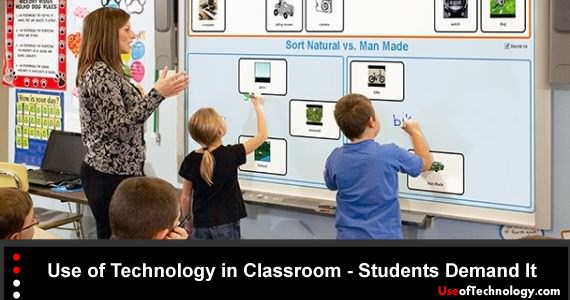To Flip or Not to Flip
There have been far too many instance where I have been the student who was so sure I understood everything that was being said or explained in class; I took notes, I was attentive in class and even asked questions so I was sure I understood the lecture. However, by the time I got home and sat down to do my homework, I could not make any sense of what I was supposed to do, or how I should even answer the question or questions. I was frustrated because I had lost the teacher's "voice" in my head, and the knowledge I had learned earlier.
The Flip

At the point of need or frustration, Having the teacher's "voice" would be incredibly helpful so that homework time would become classroom work. Actually having the problem addressed immediately through intervention by way of tutorials or mini lectures, meeting the needs of the students is a great way to make a difference and bring success to the classroom and confidence to the students.
How many times have I wished that I could ask my teacher or professor to just explain to just me alone some small part of the lecture or book, without the class present so that I don't feel like an idiot for not grasping it the first or second time. Sometimes I just have specific questions tailored to what I think is just for me, that I want the answers to.
Using videos empowers the students as it gives them control to start and stop at their convenience. The videos allows the students to focus on what they find most difficult. I work with a many ELL students, so I understand how this feature would be great for some, especially in private. However, it could also keep them from learning to be more assertive in the classroom and prevent them from trying to keep up with their peers.
Whatever we can do to make learning more interesting or exciting today, we should do it because it is too easy to become bored and sleepy in the classroom if the material isn't challenging or engaging. Having the direct instruction taking place outside of the class may present some problems with distraction, but that also depends on how serious those students are about learning and keeping up with their peers once they convene in the classroom. Being able to work independently at home using the videos, then collaborating in class with your peers while having the teacher present to consult with, and get immediate feedback is an experience I wish I had had the opportunity to work with.










